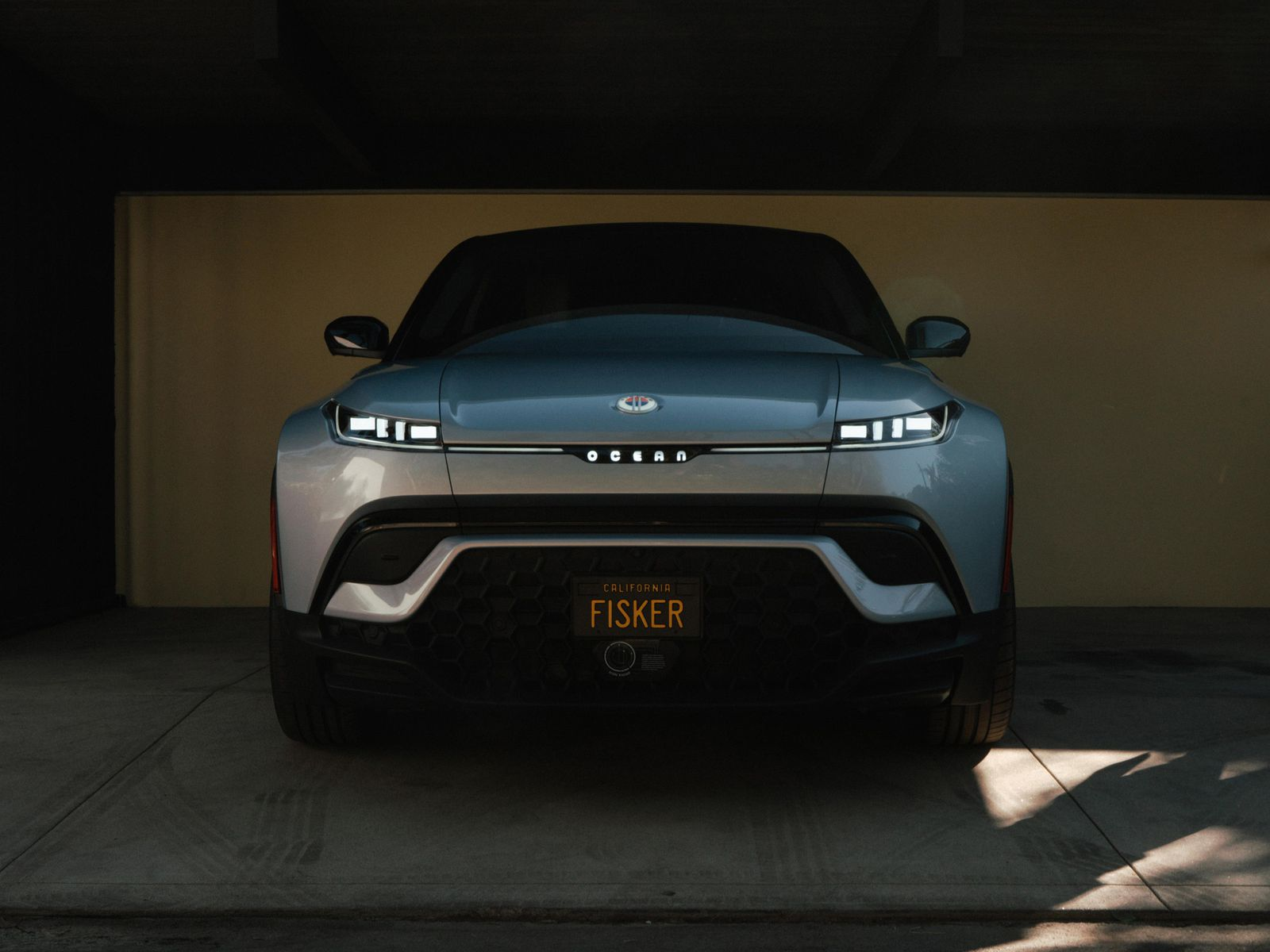Fisker Inc., an electric vehicle startup from the United States, unveiled the production version of its first electric SUV, the Ocean SUV, at the 2021 Los Angeles Auto Show. The exterior design is similar to the concept model released in 2020 and will begin production in Austria in November of next year.
The car is divided into three versions: Ocean Sport, Ocean Ultra, and Ocean Extreme, with prices starting at $37,499, $49,999, and $68,999, respectively, with corresponding ranges of 250 miles, 340 miles, and 350 miles. Ocean Ultra and Ocean Extreme use NCM 811 lithium batteries from CATL and are equipped with dual-motor all-wheel drive. The first batch of 5,000 Ocean Extreme versions will be named Ocean One commemorative edition. The Ocean Sport version has a 0-60 mph acceleration time of 6.9 seconds, while the Ocean Ultra version only takes 3.9 seconds. The 550 horsepower Extreme version can further shorten the time to 3.6 seconds.
Compared with competitors Tesla Model Y and Ford Mustang Mach-E, the starting prices for the premium versions of them are $63,990 and $61,000, respectively, with a range of 303 and 305 miles.
The Ocean SUV is equipped with a 17.1-inch Revolve information and entertainment display screen, which supports functions similar to the Byton Tang in rotating between vertical and horizontal orientations, the so-called Hollywood mode. The former is designed for driving and the latter allows you to watch movies or other entertainment functions while parked.It is worth mentioning that Fisker stated that all three versions of the Ocean SUV support bidirectional charging, which means the vehicle’s power can be connected to your home’s power system when you need additional electricity or during a power outage, and can even charge other electric vehicles. Fisker has always regarded promoting clean energy as part of the company’s mission, such as using environmentally friendly recycled materials and vegan leather in the interior of the Ocean SUV, and the carpets are made from discarded fishing nets and plastic bottles. The energy consumed in the process of manufacturing automobiles also comes from renewable energy such as hydroelectric power.
At the same time, Fisker also installed a solar panel on the top of the Ocean SUV, and according to Fisker’s ideal conditions, if these panels can operate at an efficiency of 5.4kWh per square meter, the total energy generated in one year can allow the Ocean SUV to travel 1,500 miles.
🔗Source: theverge
This article is a translation by ChatGPT of a Chinese report from 42HOW. If you have any questions about it, please email bd@42how.com.
